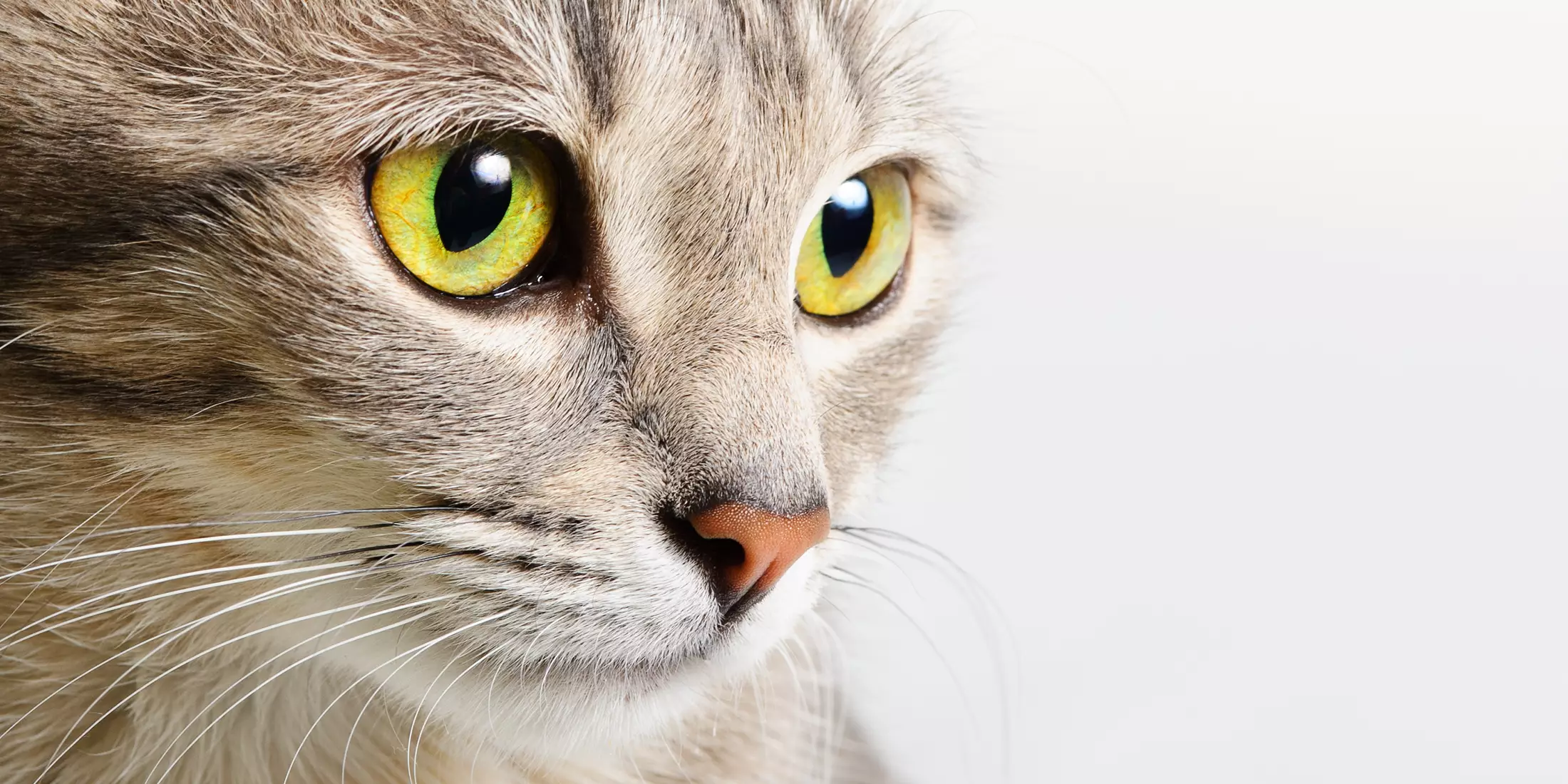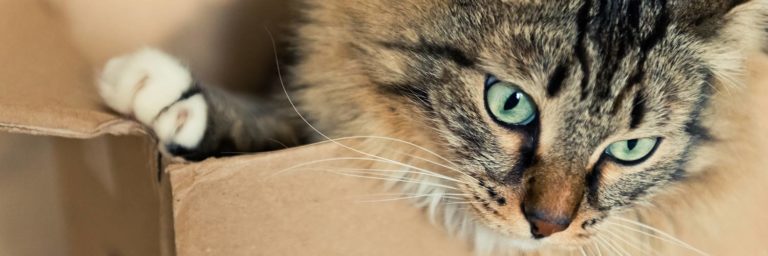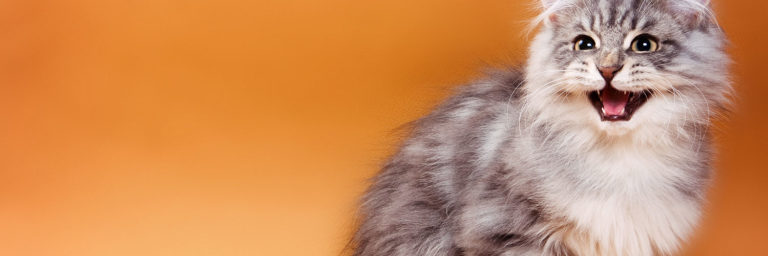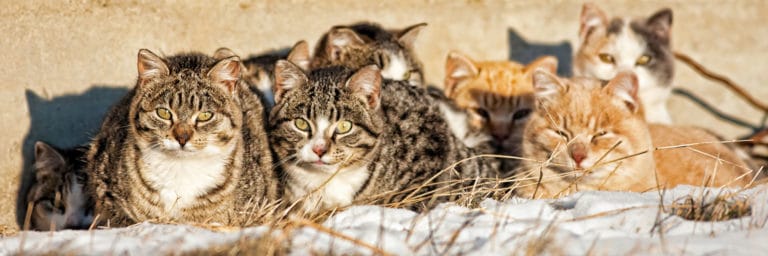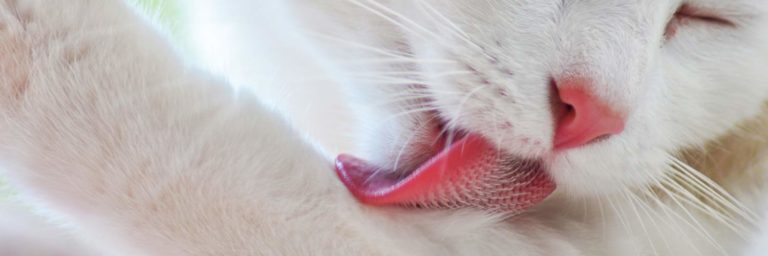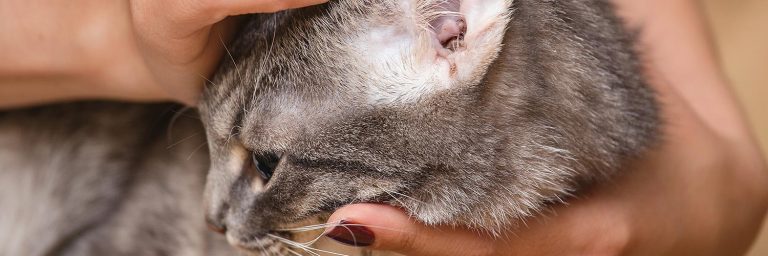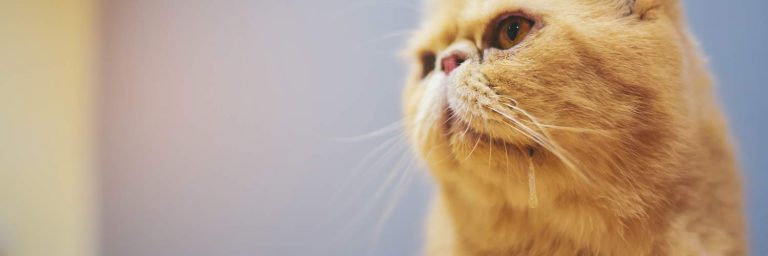Cat Eyes: Things You Must Know
Contents of Article
Ever wondered how your kitty sees the world around her? What are the common cat eye problems? How to look after your feline’s eyes? Well, in order to understand this, it is important to get insight into the anatomy of cat eyes.
Every eye has a lens for light to pass through. The gateway through which light enters the lens is the black part of the eye, known as pupil. Retina is the area at the back of the eye, which is responsible for transmitting images and light to the brain through the optic nerve and detects light and color. It is the brain that translates all that light and motion into vision.
Let’s understand a few FAQs on cat eyes:
Cat Eyes Can See in Dim Light
Do you know your kitty can see clearly in just one-sixth the light you require to view things around yourself? Cats can detect more light than normal human eyes due to a high number of rods in their eyes.Another interesting feature is the tapetum lucidum, a tissue layer at the back of cat eyes, which makes them shine in the dark.They can open vertical pupils wide to allow in light, so they can see on dark nights.
Limited Color Vision in Cat Eyes
Compared to normal human eyes, cats have fewer cones that aren’t as concentrated as the former. Their perception of blue and yellow is unchallengeable, but they can’t perceive intense hues, such as green and red.
Poor Detail Vision
Since there is an imbalance between rods and cones compared to human eyes, cats do not have a good detail vision. This means they can’t perceive things, such as leaves or writing in books, unlike human eyes.One of the most interesting cat eye FAQs is that they can see best at a two-three-feet distance.
Vertical Pupils in Cat Eyes
Cats’ pupils are shaped like vertical slits, which means they can change size faster than round pupils. This all means that your kitty has a less risk of being blinded by sudden light changes, thanks to their small-sized pupil, which allows less light to enter the eye.Additionally, this is one reason they can expand their pupil in the dark to see in the dim of light. During the day, they can shrink their pupils.
Common Problems Affecting Cat Eyes
You love your kitty’s bright and shiny eyes and want her to enjoy good eye health. But eye problems are far too common in the feline community and can compromise with their quality of life, for eyes are one of the most important organs of their body.
So how do you identify if your kitty is suffering from eye disorders?
Well, frequent blinking, watery eyes or discharge, rubbing, squinting, or pawing are a few common cat eye problem symptoms.
Do You Know Kitties Have an Added Eyelid?
Vets call it the nictitating membrane placed between the lower eyelid and eyeball in the inner corner of the eye. This eyelid keeps the surface of the eyeball moist. Additionally, it shields the eyeball from any scratches from erratically growing hair.
However, if your kitty’s extra eyelid is visible, it means something is wrong with her eyes.
Regular eye checks hold the key to early diagnosis of cat eye problems. Diagnosis is critical to identifying signs of trouble and restoring cat’s eye health and preventing loss of vision.
Feline eyes are vulnerable to a number of diseases that can impact their eyesight and cause vision problems, rendering a kitty partially or totally blind.
Some Cat Eyes FAQs
In most cats, eye disease is a primary disorder, and vision loss progresses for years, if left unchecked and untreated.
- Cataract: The common cat eye disorders include cataracts. A kitty suffering from cataract experiences cloudy lens, which prevents light from passing through the eye.
- Conjunctivitis: The most common symptom of conjunctivitis is the inflammation of the pink membrane around the kitty’s eye. The eyes may look red and swollen due to the swelling of the conjunctiva. Additionally, the eyes may become sensitive to light and have teary, mucus eye discharge.
- Epiphora: Another form of cat eye disorder is epiphora. Some of the symptoms include conjunctivitis, blocked tear ducts, and overproduction of tears.
- Glaucoma: Another common condition affecting cats is glaucoma. A kitty suffering from glaucoma experiences excessive fluid pressure in the eyeball. As a result, the eyeball hardens.
- Many feline eye disorders are the result of viral, fungal, and bacterial infections. Feline immunodeficiency virus, toxoplasma, feline leukemia virus, Cryptococcus, feline infectious peritonitis virus, and feline herpesvirus are some of the common fungal, bacteria, and viruses affecting the feline community. Symptoms may range from mild to serious and the eyes may experience cloudy lens, with a sticky, pus-like discharge.
- Corneal disorders: A cat’s cornea may look injured, swollen, or ulcerated. As a result, they kitty may experience excessive blinking, cloudiness, and increased tear production.
- Dry eye: if a kitty suffers from a chronic lack of tear production, the cornea may become inflamed and red eyes, often resulting in a gooey discharge and complete loss of vision or blindness, if left untreated.
Blindness
Some of the common cat eye disorders that may lead to blindness include the inflammation of the uvea often caused by infectious organisms. A chronic condition, this disease affects the middle area of the eye, which comprises the iris, cilia, and choroid. A kitty suffering from the disorder may have noticeably enlarged eyes. Some other symptoms include inflammation of the eyeball, visible third eyelid, and squinting.
Retinal detachment is another common cat eye disorder that may lead to blindness. In this condition, the retina is detached from the underlying tissue due to a leakage between the two layers. It is associated with high blood pressure, kidney disorder, or an overly active thyroid gland.
Corneal lacerations are common cat eye problems, which are in the form of cuts on the outer surface of the eye. These potentially blinding injuries are best diagnosed in the initial stages to prevent the risk of cat vision impairment, when may become irreversible with the progression of the cat eye disease.

